Those people following the ant trail across north Wales in summer, well, they’ve got it all wrong. They’ll find Snowdonia National Park stunning, but they’re all missing the chance to see it during the spectacular winter months. The winter lends Snowdonia an ethereal air and a strong sense of place in Welsh folklore.
A visit in winter, away from crowds and traffic jams, is the best way to discover Snowdonia as a place of nature, history and harmony. “Snowdonia is beautiful with the snow on the tops,” says Jacky O’Hanlon, walking guide and owner of Coed Cae B&B on the Mawddach Estuary. “When the bracken dies down and the trees shed their leaves, the ancient stone circles and standing stones take centre stage.”
Plan a hiking trip or holiday with our guide to Snowdonia National Park, including things to do, places to eat, places to stay, best castles and best walks.
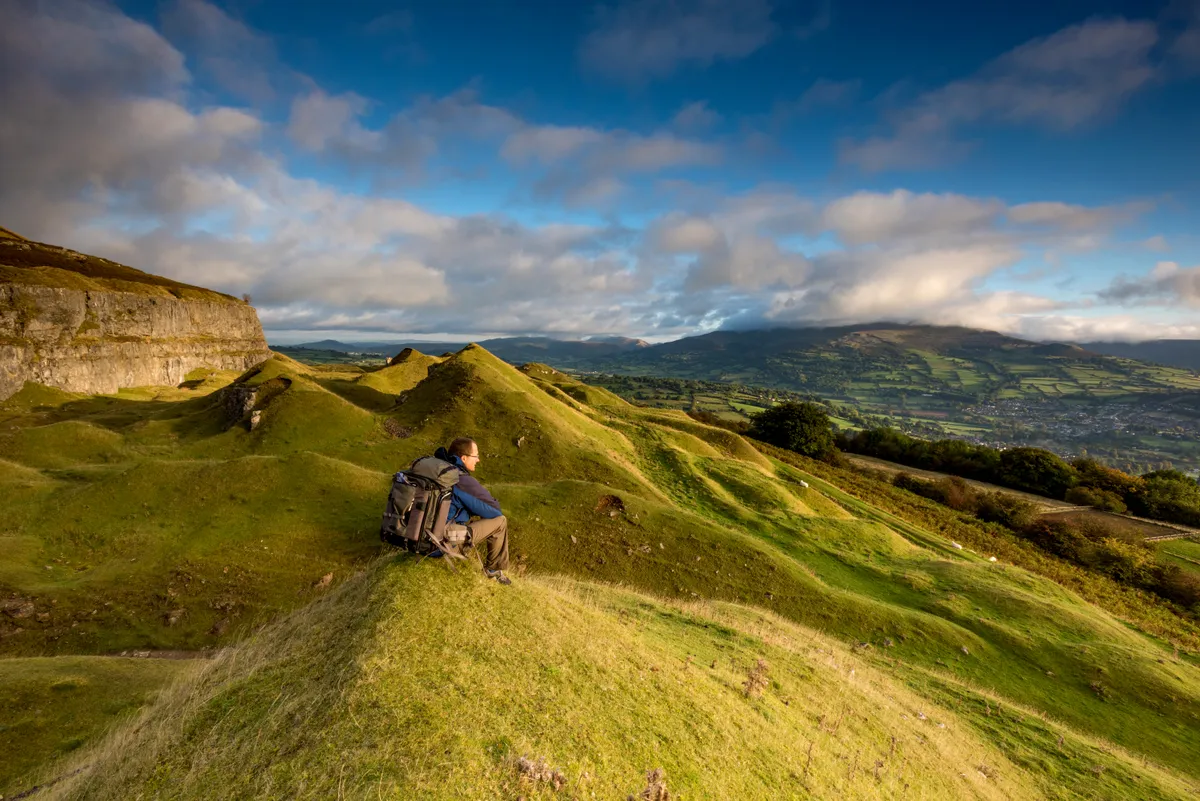
Things to do in Snowdonia
Snowdonia is a walkers' paradise, filled with natural wonders, pretty villages, expansive views and soaring peaks.
Places to visit in Snowdonia
Betws-y-Coed and Llanberis are the main draw for day visitors. The former looks rather unloved these days, while the latter is increasingly the domain of coach parties and window shoppers. For a more traditional taste of Snowdonia life, head southwards towards Dolgellau.
This imposing, stone-build market town, enclosed by looming mountains, feels truly Welsh – as it should for a region where around 65 percent of people speak Cymraeg as their first language.
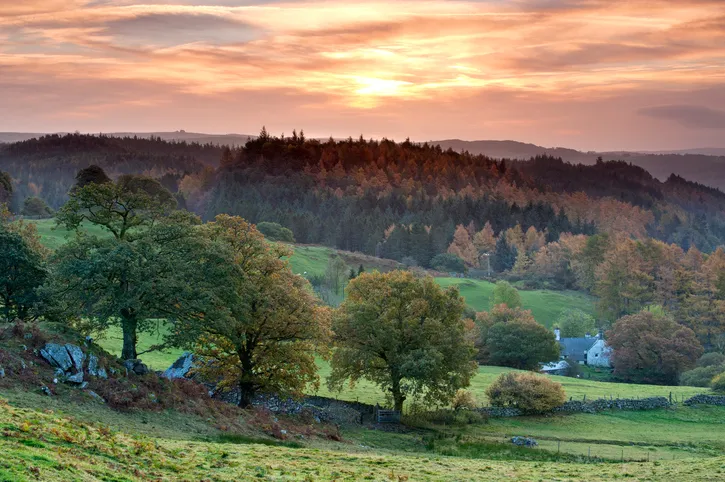
Walkers love Dolgellau for the proximity of trails to the summit of the majestic Cader Idris (893m, 2,929ft), the lesser-known alternative to Mount Snowdon. Meanwhile, savvy mountain bikers flock to Coed y Brenin Forest Park for some of the best trails in the UK. Better still, access to all the trails and facilities is, parking fee aside, completely free.
“Winter here is when the panoramas open up. I love the coolness of the air, the flocks of siskins and the fallow deer, and the views across the park – especially from Moel Hafod-Owen on the Volcano Trail, the highest part of the park,” says recreation ranger, Graeme Stringer. “The Family Cycle Trail is also particularly spectacular at this time of year as the high rainfall means the waterfalls are at their best.”
Compared to the rugged Gwydyr Forest, another Forestry Commission Wales site near Betws-y-Coed, Coed y Brenin is more multi-purpose and tourist-focused, its 9,000 acres include a visitor centre, seven mountain biking trails, a series of colour-coded walking trails (some accessible by wheelchair and pushchair) and a new high-ropes facility (an aerial adventure course) for adults and kids.
The Welsh Highland Railway and Hafod Eryri visitor centre are a great option for days when your feet need a rest. The railway line is a gloriously scenic route that cuts a swathe through the rural heart of the mountainous park. The final 7-mile section to Porthmadog opened in autumn 2010, joining the 13-mile-long Ffestiniog Railway route to form the longest narrow-gauge railway in Europe.
The opening of Hafod Eryri, the low-rise, granite-built visitor centre and café atop Mount Snowdon, proved more controversial because granite blocks for the roof were sourced from Portugal. The new centre replaces the well-worn original summit building, designed by Clough William-Ellis of Portmeirion fame in 1935, and once famously described by Prince Charles as “the highest slum in Wales”.
The Snowdon Mountain Railway, a remarkable feat of Victorian engineering, is the summit’s lifeline. The 5-mile climb, taking in a greater expanse of dramatic scenery with every turn of the wheels, is still completed in around an hour by some of the original 1896 steam engines. They also transport 140,000 passengers each year; a further 250,000 people walk up one of the six trails to the summit of Snowdon. Most take the longer Llanberis Path, a moderate 10-mile round trip that mimics the route of the railway track.
In winter, Hafod Eryri stays closed until the peak-swaddling drifts of snow clear. Snowdon Mountain Railway runs only a limited service from mid-March until the snow clears – usually in May.
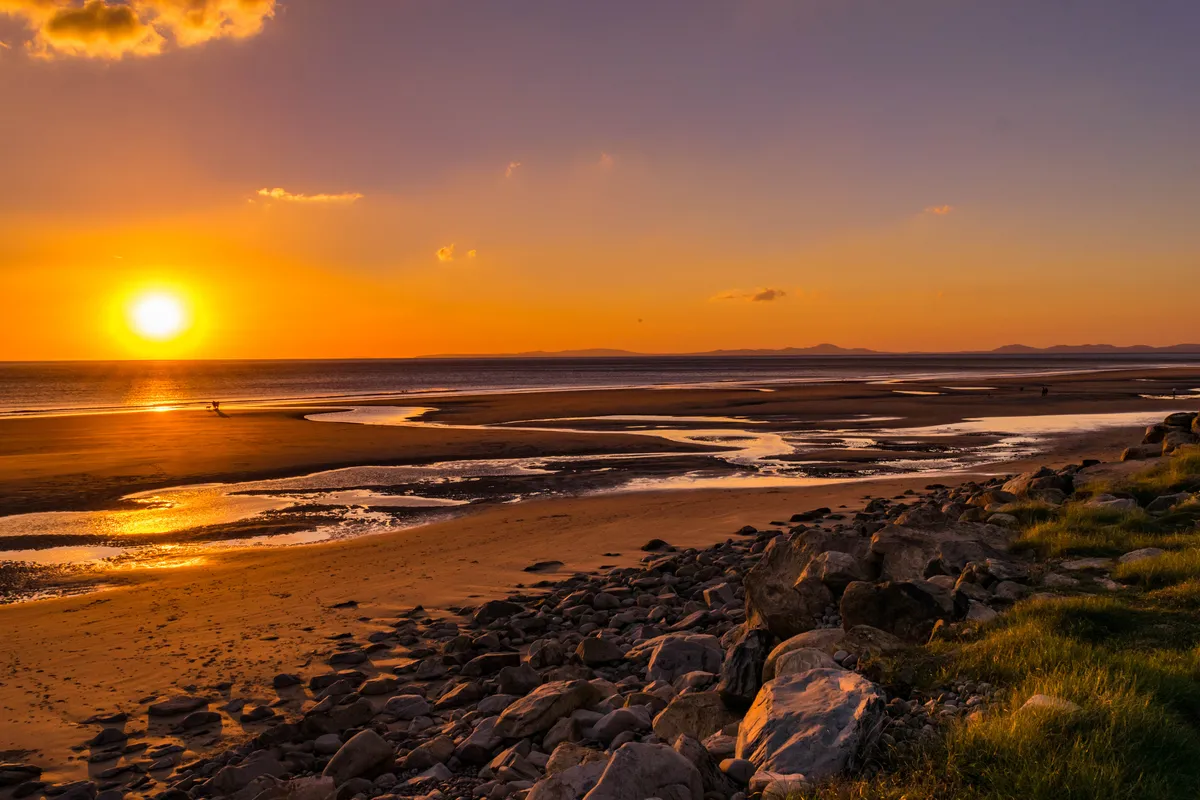
Snowdonia remains a swarming hub for activity seekers even off-season, with adrenaline junkies getting their fixes of rock climbing, whitewater rafting, mountain biking and pony trekking throughout winter. Two perennially popular walking festivals, one based around Barmouth and one centred on Betws-y-Coed, bring in the Gore-Tex and hiking boots brigade en masse. And rightly so – the landscape is free to enjoy and seemingly yearns to be explored. It offers clumps of yellow-flowered gorse, frothy, gurgling brooks, mossy bridges and isolated, grey-stone cottages cowering stoically below the mountainous slate runs of the hillsides. Never mind if a sheep absentmindedly blocks your path – just stop and admire the red kites circling overhead instead.
Snowdonia accommodation
The profusion of activities and heritage sites aside, Snowdonia is seducing a new generation with its burgeoning food scene and chic accommodation.
Wales has made leaps in quality since the surly B&B owners and Formica tabletops of the 1970s. Places such as Ffynnon in Dolgellau, Castle Cottage in Harlech and Plas Tan-Yr-Allt near Tremadog have brought stylish, relaxing accommodation to the region without losing local character.
Snowdonia restaurants
The restaurant Mawddach, The Purple Moose microbrewery in Porthmadog and upscale café Plas Derwen in Betws-y-Coed fly the flag for excellent local produce such as lamb, cheeses, ales, cockles and lava bread.
A new addition to the roll of honour is Graig Wen, a B&B, yurt and holiday cottage triumvirate in south Snowdonia. Owner Sarah Heyworth is an off-season Snowdonia convert: “I love the quietness in winter, the closeness to nature and getting outside to pick sloes for gin,” she grins. “Simple country pleasures.”
Snowdonia keeps the simple pleasures alive, while offering an increasingly sophisticated vision of Wales. Activities are thriving, new places to stay and eat are mushrooming, and new blood is proudly keeping the old traditions alive.
Debra Harris, Discover Dolgellau chair, sums it up: “There’s something ethereal about Snowdonia in winter: the light, the frost-shrouded landscape, the sense of being the only human around. I find it really quite spiritual”.
Best walks in Snowdonia National Park
From a classic Snowdon ascent to a less-gruelling riverside amble along the Afon Artro, here is our guide to the best walks in Snowdonia.
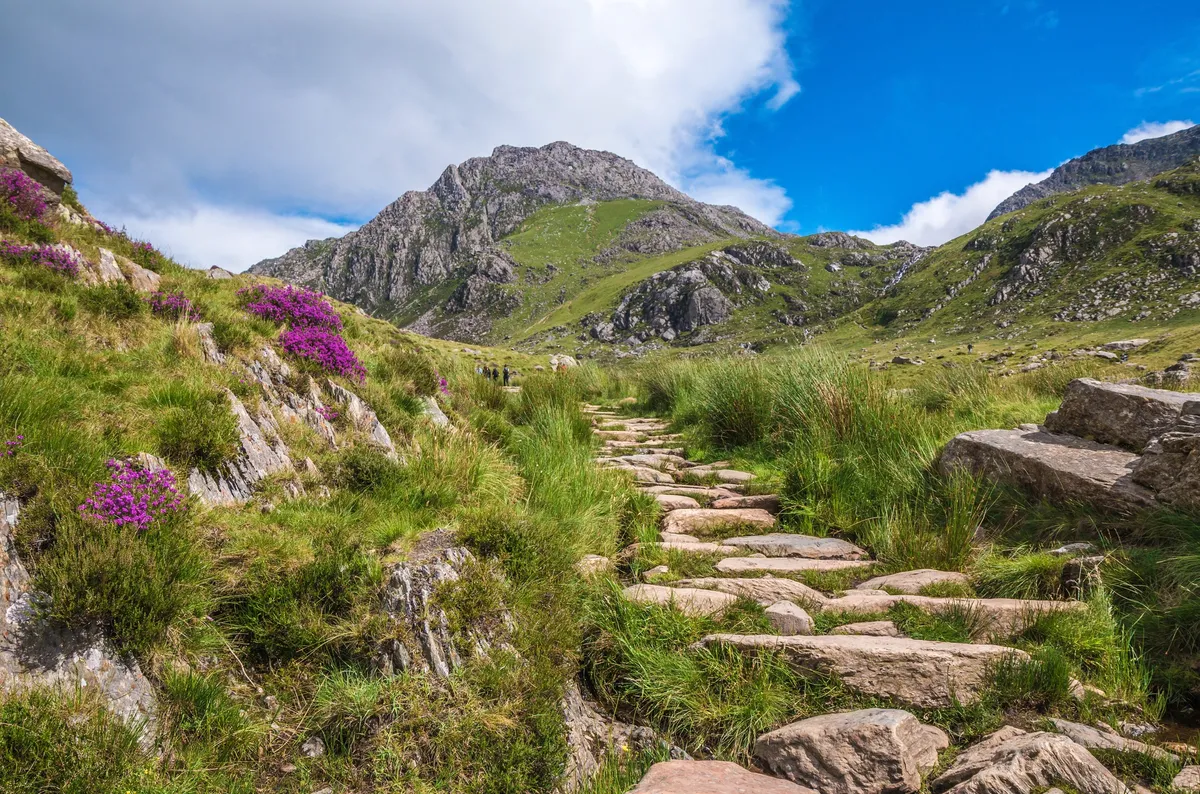
There are numerous ways to explore the park – mountain biking routes, driving tours and even by canoe – but for a truly immersive experience, why not take on one of Snowdonia's best walks?
Rhosgadfan, Gwynedd
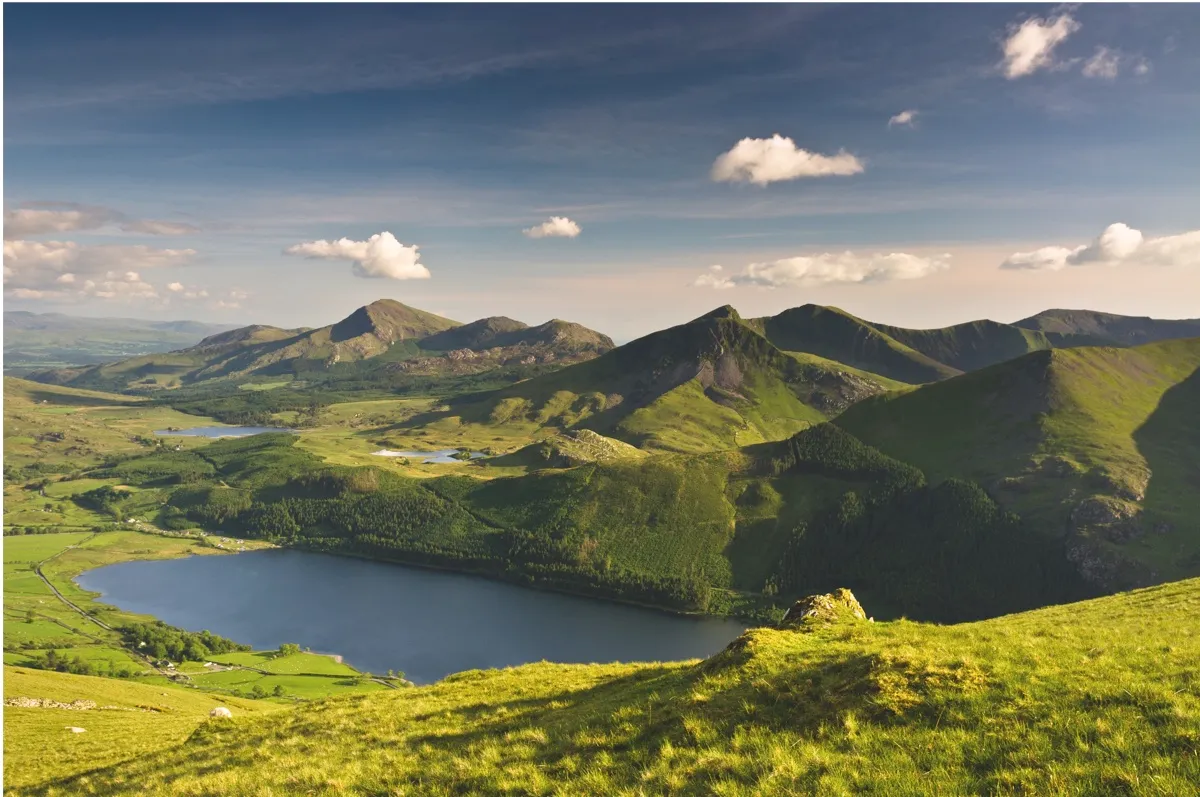
Enjoy this nine-mile mountain walk through open hills and slate quarries in the Snowdonia National Park.
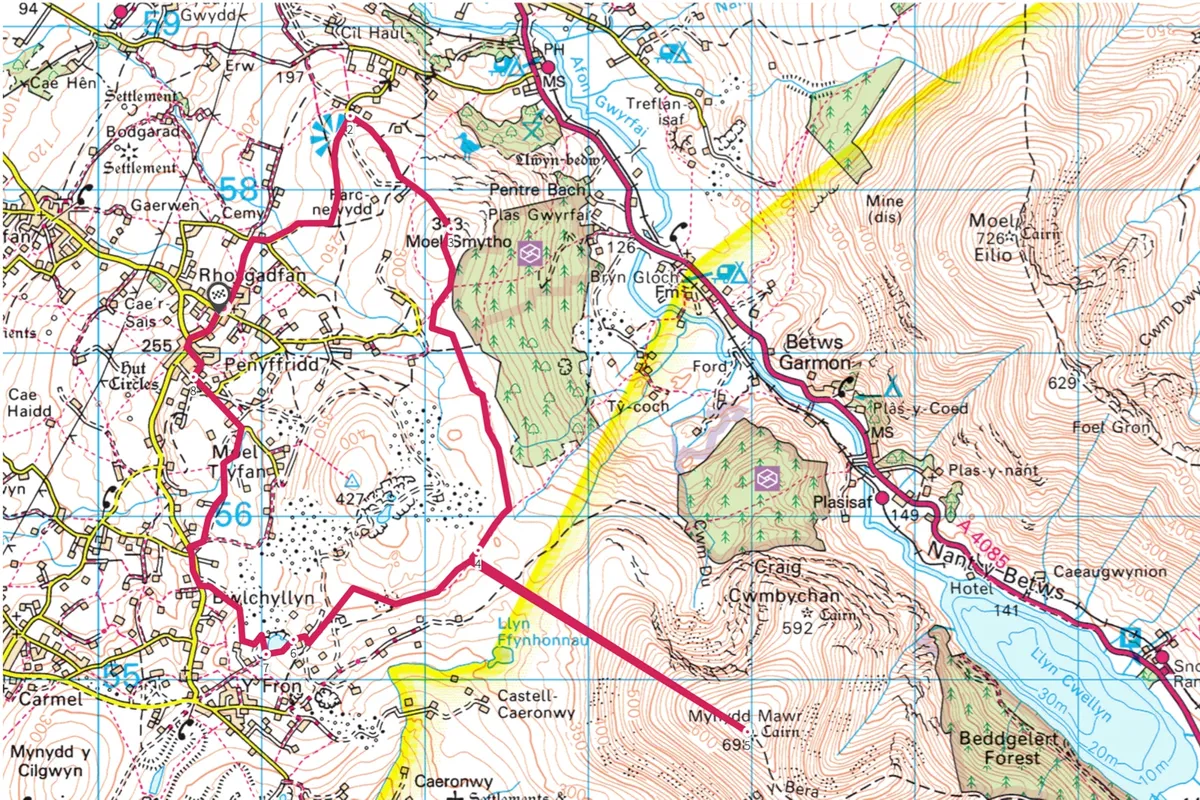
Yr Eifl, Llyn Peninsula, Gwynedd
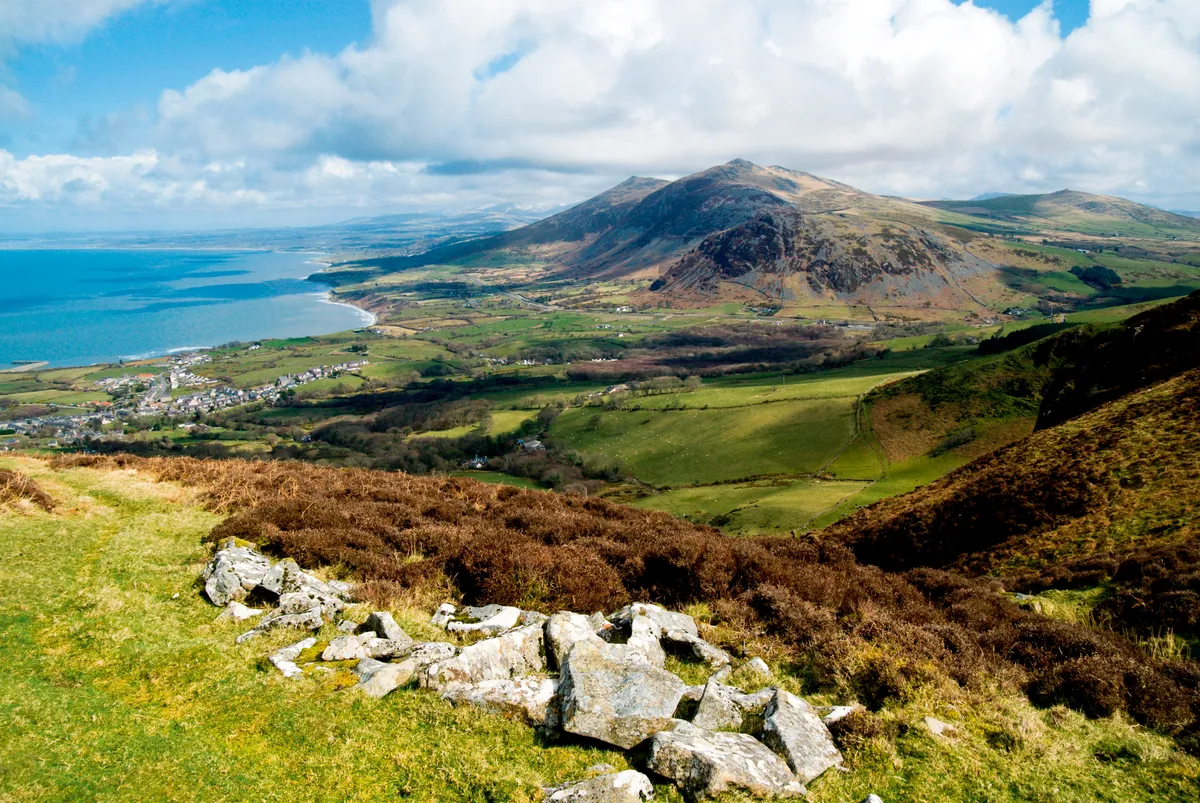
A three-hour loop walk above the verdant valleys of the Llyn Peninsula and on to the crown of Yr Eifl with views of the Menai Strait.
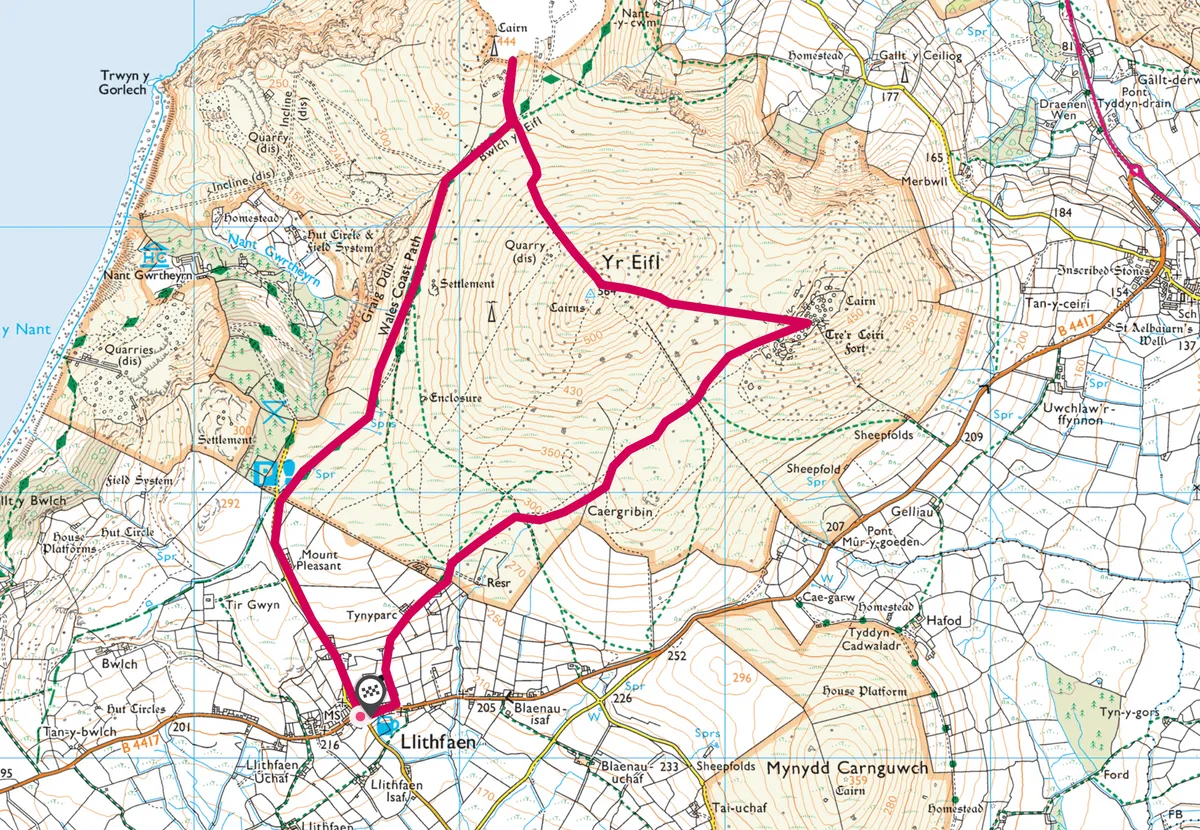
See more Snowdonia walking routes
Best castles to visit in Snowdonia
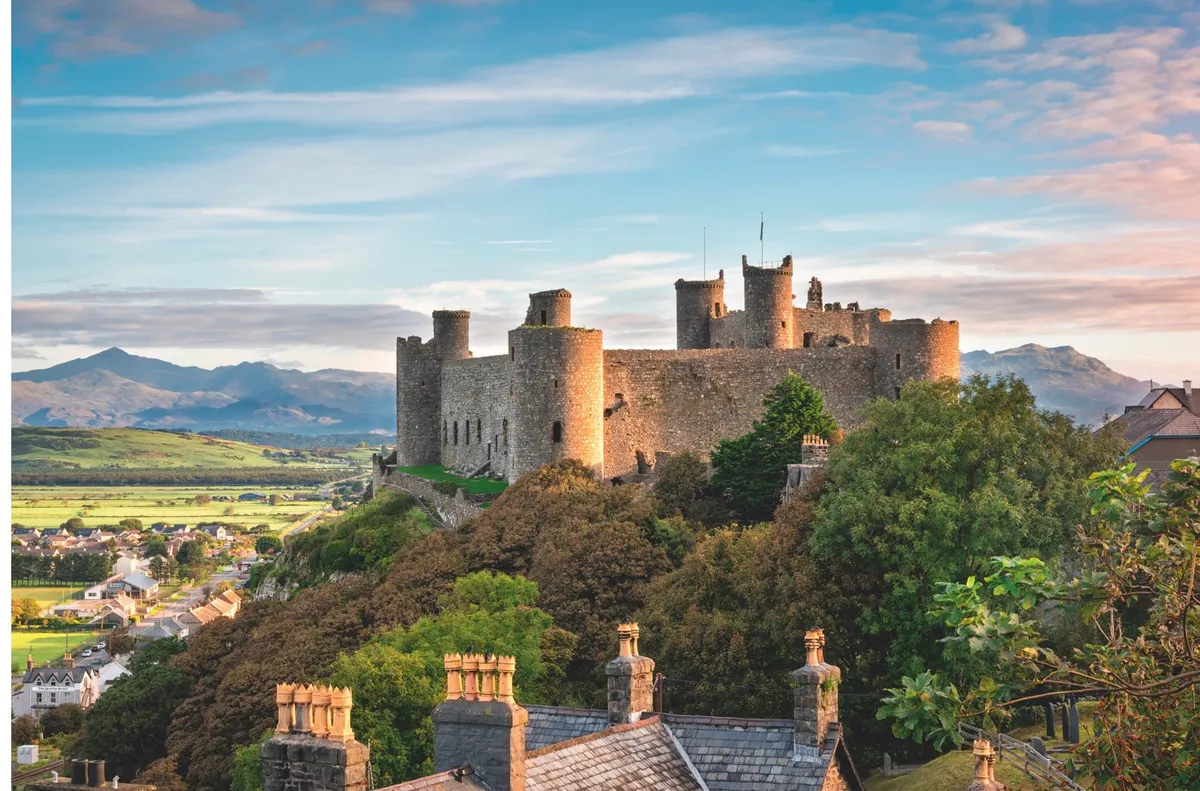
For gentler excursions, the bristling coastline features a chain of World Heritage-listed medieval castles, with Caernarfon and Harlech within the national park and Conwy and Beaumaris a short drive outside. You can uncover Snowdonia’s aesthetic side, too, by exploring the nooks and crannies of the fairytale, Italianate village of Portmeirion.
Of all the places you could base yourself, tiny Beddgelert is probably the loveliest village in Snowdonia National Park. Built around an ivy-clad bridge, it charms visitors from every crevice of its stone cottages. It’s also home to one of north Wales’s favourite folk tales, the story of Gelert, the faithful hound of the 13th-century Welsh prince, Llewellyn. The prince killed his beloved dog believing him to have savaged his baby son. In fact, the blood-splattered hound had saved the child from a wolf. Gelert’s grave, located along a gentle riverside stroll and marked with a statue, is now a site of minor pilgrimage.
Guide to Britain’s castles: history and best to visit
From the ravens of the Tower of London, to remote medieval ruins, Britain's sprawling castles retain a sense of heritage in our cities and countryside – our guide to Britain's best castles
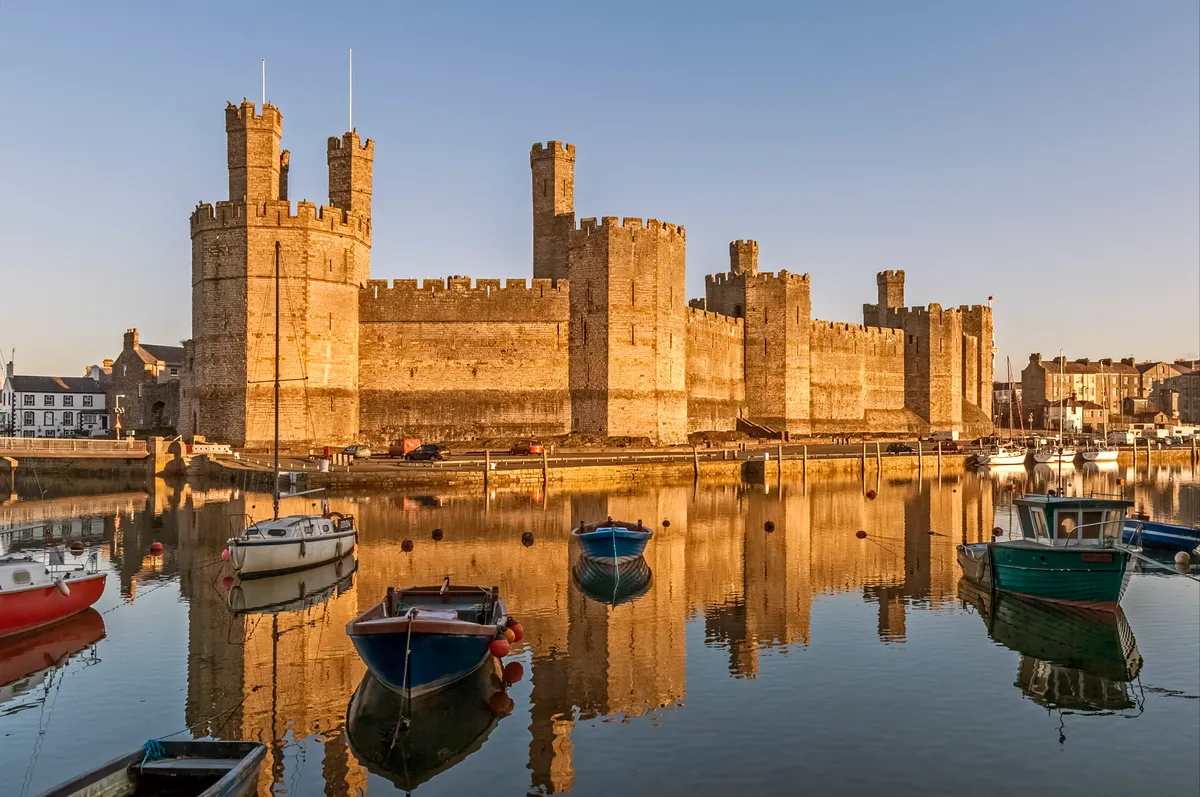
History of Snowdonia National Park
Snowdonia was Wales’s first national park, formed in 1951 to protect the environment, particularly around Mount Snowdon – the highest peak in England and Wales at 1,085m (3,560ft). It remains the largest national park in Wales, celebrated for the sheer diversity of its landscape: 15 mountain tops over 900m (3,000ft), 23 miles of glistening coastline, limpid lakes, serene ancient woodland and cascading waterfalls are all found within the park’s 823 square miles of north-west Wales.
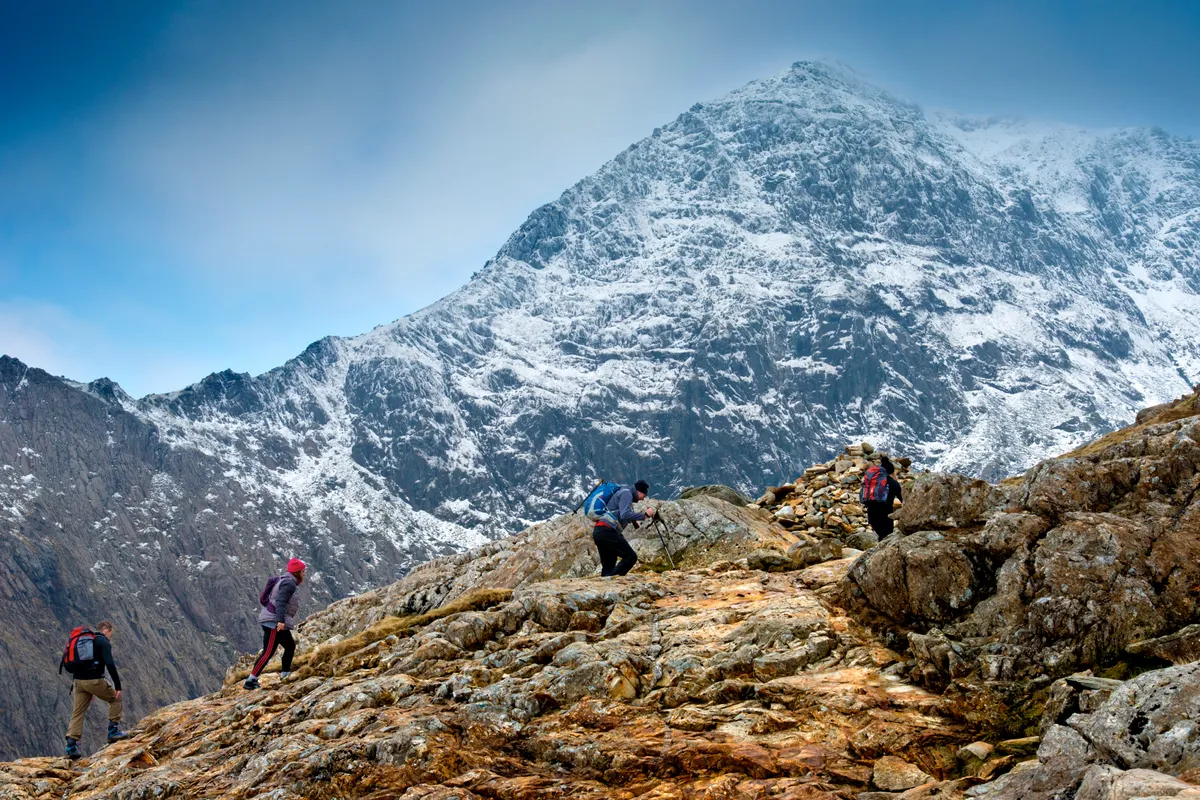
The variety of landscape offers so many different experiences and atmospheres through the seasons – from the rugged uplands of central Snowdonia to the nature-filled estuary walks of the south-west.
Snowdonia National Park covers 823 square miles of north-west Wales and contains the country's highest peak, Snowdon.
The region, designated as a national park in 1951, was sculpted by glaciers, leaving behind a spectacular landscape of craggy mountains and hills, deep valleys and over 100 lakes.
